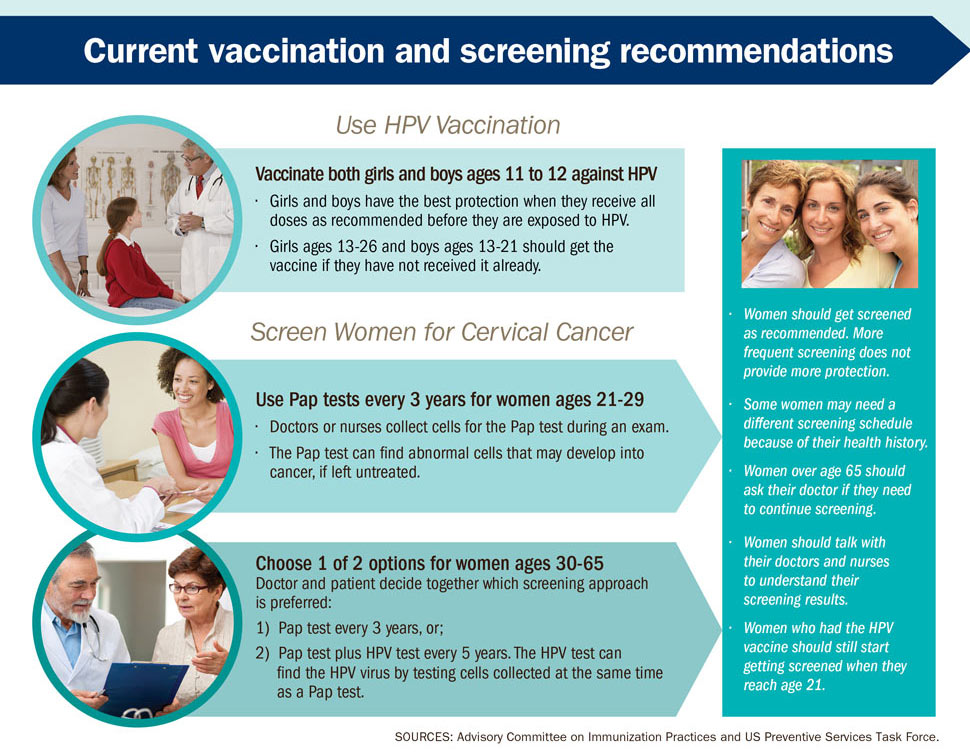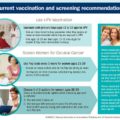 What is HPV?
What is HPV?
HPV stands for Human Papilloma Virus, it is the most common sexually transmitted infection, (STI) that affects both females and males. Around 79 million Americans, most in their late teens and early 20s, are infected with HPV according to the Center for Disease Control . There are many different types of HPV. Note that HPV is a different virus from HIV the causative agent of AIDS, and HSV which causes herpes.
What are the types of HPV
There are several types of HPV some of which cause common warts on the hands and feet. Most types of HPV are harmless and do not cause any symptoms. This type of HPV infection often resolve on their own. Around 40 types of HPV are known as genital HPV, because they affect the genital area. Up to 80% of females and males will be infected with at least one genital type of HPV at some time during their lifetime.
What are the High Risk and Low Risk HPV Types
“Low-risk” types of HPV
There are around 12 types of HPV that are called “low risk” because they cannot cause cervical cancer. However these class of HPV can cause genital warts or very minor cell changes on the cervix. These low-risk types of HPV are known by the numbers 6, 11, 40, 42, 43, 44, 53, 54, 61, 72, 73 and 81. Types 6 and 11 which cause about 90 percent of genital warts are the most common among this class of HPV.
“High-risk” types of HPV
The second class of HPV viruses are called the high risk types because they can cause abnormal cells to form on the cervix which may gradually develop into cervical cancer if not removed. The 13 types of high-risk HPV that are of most concern to public health are known by the numbers 16, 18, 31, 33, 35, 39, 45, 51, 52, 56, 58, 59 and 68. Types 16 and 18 cause about 70 percent of cervical cancers and are the most dangerous of this class of HPV. A study conducted by the National Cancer Institute found that about 10 percent of women with HPV type 16 or 18 developed advanced, pre-cancerous cervical disease within three years when compared to just 4 percent of women with any type of HPV.
One thing that is important to note is that both “high-risk” and “low-risk” types of HPV can cause abnormal changes.
How Does HPV Spread?
You can get HPV without having sexual intercourse. HPV is easily spread through direct skin-to-skin contact. Anyone who has any kind of sexual activity(vaginal, anal, or oral sex) with a person infected with HPV involving genital contact could get genital HPV even when the infected person has no signs or symptoms of HPV. Anyone who is sexually active can get HPV, even if you have had sex with only one person.
Can You Get HPV With A Condom
You can get HPV with a condom. This is because many people who have HPV may not manifest or show any signs or symptoms of the condition. Even in such state, they can transmit the virus without even knowing it. A person can be infected with more than one type of HPV. latex condoms lowers your chances of getting HPV but does not provide complete protection from the virus because HPV can infect areas not covered by a condom. Being faithful to a faithful partner in a mutually monogamous relationship is the only sure way of protecting yourself from this virus.
How Do I Know If I Have HPV
HPV infection doesn’t usually show any physical signs or you probably won’t know you have it. Others may only find out once they’ve developed more serious problems from HPV, such as cancers. Most people can therefore get HPV and pass it on to others without even knowing it. Unfortunately there is no test to find out a person’s “HPV status.” neither, are there any approved HPV test to find HPV in the mouth or throat.
Nevertheless,there are HPV tests that can be used to screen for cervical cancer among women aged 30 years and older. HPV tests are not recommended to screen men, adolescents, or women under the age of 30 years.
Others may only find out once they’ve developed more serious problems from HPV, such as cancers.
What are The Signs and Symptoms of HPV In Men and Women
The only sign that you indicate a HPV infection in your body is most times is genital warts . If you have genital warts, that’s a sign of HPV. The draw back here is that genital warts can take months, or even years to show up from the day you had sex with a person who’s infected with an HPV virus. READ Can You Get Herpes From A Toilet Seat?
Consequences of HPV infection
Depending on the type of virus you are infected with, a HPV infection can have far reaching consequences for you and your family. In most people HPV is harmless and has no symptoms, but in some people the virus may persist and lead to disease of the genital area, including genital warts and cancers of the anus.Most cancers that are found in the back of the throat, including at the base of the tongue and in the tonsils, are HPV related. In fact, these are the most common HPV-related cancers found in men. More than 13,000 new cases are diagnosed in men each year.
Can you get rid of HPV
Medical science currently has no cure for HPV, there are treatments that have been shown to be effective at treating genital warts and other precancerous cervical lesions caused by HPV. Even more important though, there are also vaccines that can prevent infection by certain types of human papillomavirus. Available vaccines protect against either two, four, or nine types of HPV. All vaccines protect against at least HPV type 16 and 18 that cause the greatest risk of cervical cancer.

 What is HPV?
What is HPV?



1 Comment